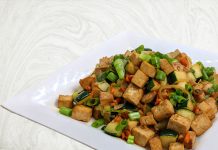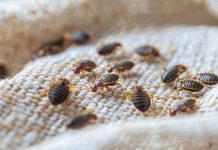Pumpkins are one of the most versatile squashes and a symbol of fall celebrations. Thanksgiving won’t be the same without pumpkin pie as jack-o-lantern on Halloween.
Pumpkins were cultivated over 7,500 years by the North American indigenous people. Archaeologists believed the pumpkin originated in northeastern Mexico.
Growers harvest the nutritious orange-colored fruit for its edible flowers, leaves, antioxidant-packed flesh, and zinc-rich seeds. The Greek word, Pepon (large melon) was the original name for pumpkin. It later evolved to pompon (French), then pumpion (English). American colonists changed the name to pumpkin.
Most people would remember the scene of the fairy godmother transforming the pumpkin into a horse-drawn carriage in the popular Disney movie Cinderella.
While you can’t perform this magical act, you can certainly transform your pumpkin into a delicious dish. Have fun carving your jack-o-lantern. Or cozy up your home with the colours and fragrance of fall.
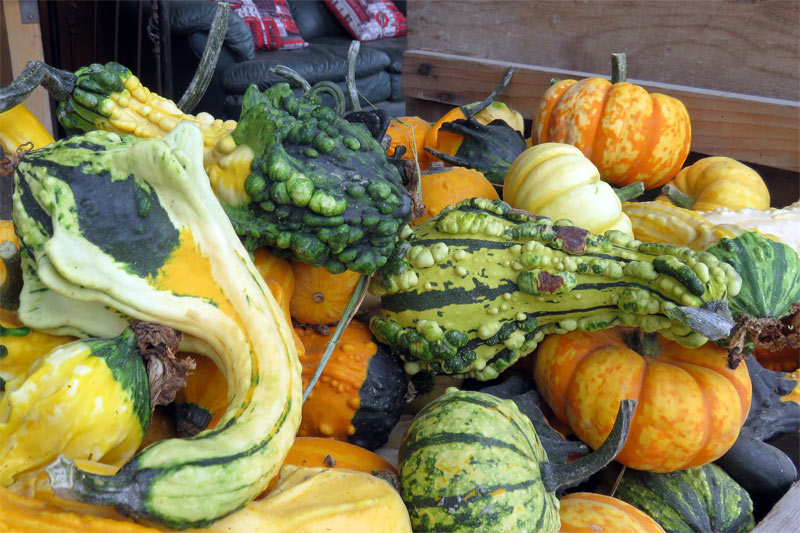
Cucurbita is the genus name for pumpkin. It shares the same genus as gourds, squashes, melons, and cucumbers.
Health Benefits
Pumpkin supports eye health and is rich in fibre, antioxidants, beta carotene, minerals, and vitamins including Vitamin C and E.
Calcium, potassium and magnesium in pumpkin lowers blood pressure and keeps the heart beating regularly. However, pumpkin based foods loaded with sugar like lattes, pies and candies are unhealthy.
Over indulging in pumpkin may cause mild diuretic increasing the amount of water and salt the body excretes through urination.
How to Choose a Pumpkin?
There are over 30 pumpkin varieties. Look for one with a firm, sturdy, brown, and dry stem – a sign of the fruit’s maturity at harvest. Inspect the skin for bruises and soft spots, particularly the bottom of the pumpkin. Those are early signs of rot.
Whole pumpkin is best kept in a cool, dry place. Store freshly cut pumpkin in an airtight container or wrapped tightly and refrigerate. Cut pumpkin keeps between three to five days. Frozen pumpkin lasts longer, but it loses its’ texture when thawed. It would be ideal for soups.
Pumpkin Varieties for Cooking
The best types of pumpkin for cooking are the fresh ones with dense, sweet flesh. Its strong flavor and the rich texture adds an extra taste dimension to baked goods, pancakes, soups, stews, and pasta dishes.
Flesh of carving pumpkins are generally stringy, watery and bland, but can be used for making pies.
The best varieties for making pumpkin pies are Baby Bear, Cinderella, Jarrahdale and Fairytale. Here are some varieties available in North America.
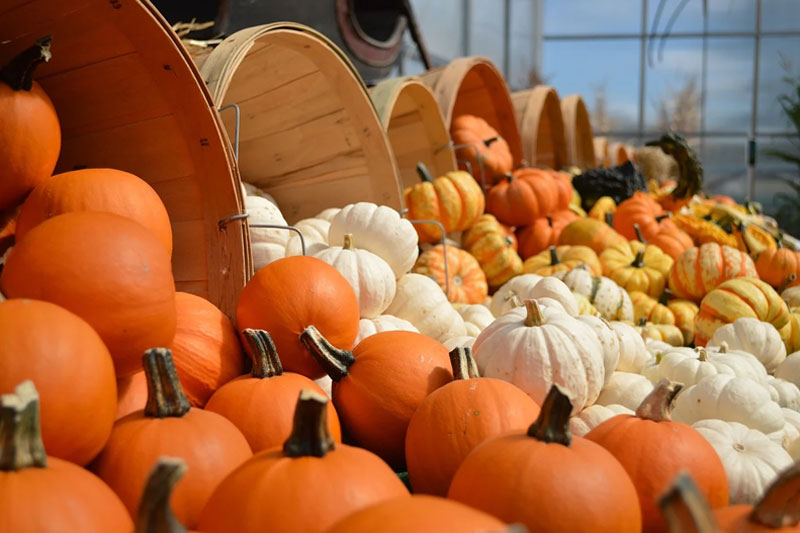
Baby Bear
- Johnny’s Selected Seeds (Maine, USA) developed the variety in early 1990s
- Flattened, round shaped, deep-orange coloured mini pumpkin with long, sturdy stem
- Averages 1.5 to 2.5 pounds
- Flesh is moist and fine-textured, so it’s great for pies, and the semi-hulless seeds are ideal as roasted snacks
- Good for roasting whole, stuffed or used as a bowl
- Popular for decorative use
Butterkin
- 2017 New Zealand cross between a butternut squash and a sugar pumpkin
- Round, squat-shaped with slight ribbed, light orange skin. Flesh is sweet and smooth dark orange.
- Sweet, buttery flavour and unique textured flesh, making it great for pies, soups, baked goods, pasta dishes, or roast it with your favourite ingredients
- This small fruit weighs between two to four pounds
Casper
- Canadian Jerry Howell from Foothill, Ontario created this variety in the early 1990s
- White skin with dense, sweet, and bright orange flesh, and has a tan coloured stem
- Ideal for sweet or savoury cuisines, pies, and breads
- An ornamental pumpkin. Excellent for carving and painting or as a Halloween décor
- Weighs around 10 to 16 pounds
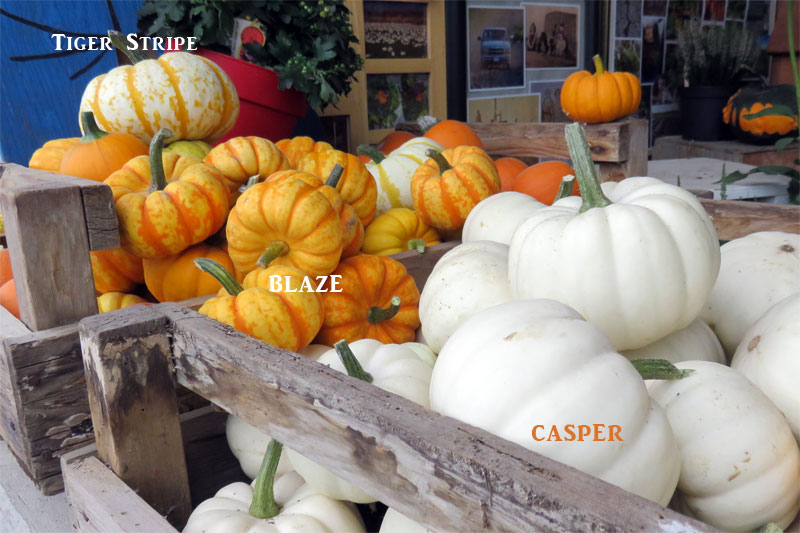
Cinderella or Rouge Vif d’Etampes
- Vibrant red-orange French heirloom pumpkin
- Rouge Vif d’Etampes in French means bright red from Etampes (medieval commune near Paris) or Red Etampes in English.
- This ornamental variety was popular in Paris’ Central Market in the 1880s.
- The orange flesh is firm and sweet, perfect for making sweet and savoury dishes: pastries, pies, soups, and vegetarian curries.
- Its sweetness makes it a sought after variety for making desserts
- It’s large, squat-shaped with deep ridges
- Averages 10 -15 pounds, and is also ideal for carving and decoration
Cherokee Bush
- Heirloom Cherokee Indian fruit
- Has a smooth, slightly ribbed skin with golden-yellow flesh
- The delicious flesh is ideal for use as a base for creamy soup or making a pancake batter
- Makes delicious baked goods including muffins, pies, and breads
- Averages between five to eight pounds – great for carving and decorating
Cushaw Green-Striped
- An ancient Native American fruit, also known as the Tennessee sweet potato squash
- Has a curved neck, oblong-shaped with a bulbous bottom
- Winter squash that looks like a crooked giant bowling pin
- Striped green and white skin
- The light yellow flesh tastes mild and sweet
- Taste delicious when roasted, pureed for pies or puddings, or simply steamed and added to salads
- The whole seeds can be toasted or grounded into flour
- Great ornamental variety for harvest themes and Halloween
- Averages between seven to 25 pounds. Measures about 20 inches in length
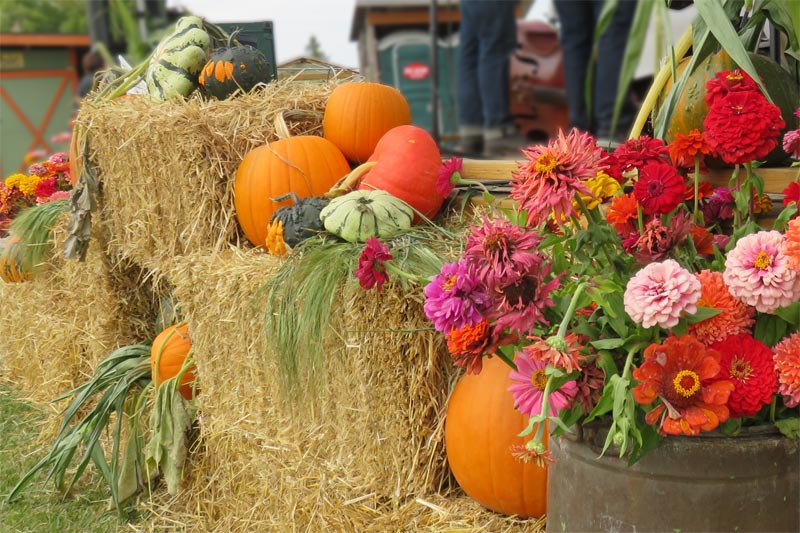
Dill’s Atlantic Giant
- Canadian Howard Dill from Nova Scotia created this gigantic fruit for giant pumpkin contests
- This variety is the largest fruit in the plant kingdom – growing to over 1,000 pounds
- Skin is lightly rough, yellow to orange in colour
- Its creamy white flesh is great for making purees, soups, stews, and butters
- Ideal pumpkin size to feed a whole community
- This fruit variety is perfect for carving a big jack o’lantern or use as a fall display
The really big ones look like big orange Volkswagen Beetles. — West Coast Seeds
Fairytale or Muscade de Provence
- French heirloom fruit that can grow up to 15 pounds when ripe
- Has a deep ribbed and slightly squat shape with muted pink-brown coloured skin
- Similar to Cinderella variety but has deeper ridges and a thick, strong stem
- The dense, smooth, and dark orange flesh is ideal for cooking, baking, and making pies
- Dessert makers love this variety for its sweetness
- Its whimsical shape makes it a decoration showstopper
- Not suitable for carving because of its deep ridges
Jarrahdale
- An Australian heirloom, deeply ribbed, squat-shaped fruit- a cross between Blue Hubbard and Cinderella
- Rough, grayish-green skin with dense, string-less, orange flesh
- Its mild and sweet flavour is excellent for pies and pasta dishes
- Great for roasting and taste delicious in savoury dishes including stews
- Unique shape and colour – makes an attractive fall display
Long Island Cheese
- Flat, medium ribbed with tan-coloured skin like butternut squash. It resembles a wheel of cheese
- A 19th century heirloom pumpkin that gained popularity among cooks in Long Island, New York
- its flesh is dense, sweet, smooth and string-less
- This variety is perfect for desserts and savoury dishes including pies, and stuffed recipes
- Averages 10 pounds
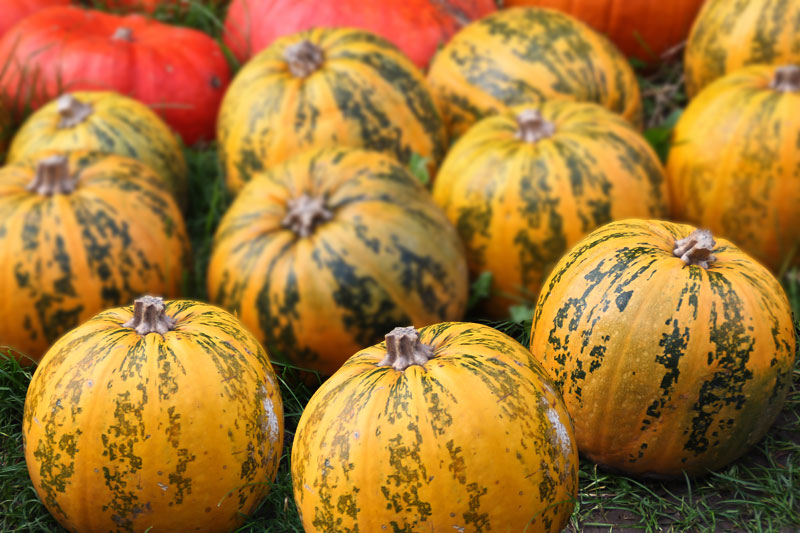
Pepitas Hybrid
- The winner of the 2016 All-America Selection Edible in the vegetable category
- This variety has round, smooth, golden-orange skin and decorative green stripes
- Its sweet flesh can be eaten raw or cooked
- The fruit is grown for its hull-less seeds – perfect for slow-roasting
- Averages between nine to twelve pounds. Makes an attractive fall decoration
Red Warty Thing
- Has a spherical and oblong shape
- The thick, bumpy, orange-red skin can be hard to remove
- Its orange flesh is dense, string-less, fine-grained, and has a mild and sweet flavour when cooked
- Suitable to puree for making desserts and breads
- Cubed, roasted, steamed for use in stews, rice or pasta dishes, whole roasted or pickled
- An heirloom variety weighing 10 to 20 pounds
- The fruit creates an interesting fall display
- The tough skin helps to keep the fruit fresh for few months if properly stored
Sugar Pumpkin
- This small fruit is also known as pie or sweet pumpkin and averages six to ten pounds
- Round shape with flattened ends and a hard, smooth, and slightly ribbed orange skin
- Its flesh is firm, and less stringy, and contain less water than larger pumpkins, and sweeter, making it great for pies, roasting whole, or adding to savoury dishes
- A top choice for making pumpkin pies because of its high sugar content
Tiger Stripe
- Mini pumpkin, round and slightly squat shaped
- Skin is smooth, medium ribbed with mottled white and orange stripe colours
- Its flesh is dense, stringy with cream-coloured seeds in the cavity
- Tender and smooth when cooked and has a sweet and slightly nutty taste
- Suitable for baking, steaming, roasting or stuffing with your favourite ingredients
- This variety makes an attractive ornamental piece
Pumpkins for Carving
The best pumpkins for carving a jack-o-lantern are those with a firm, sturdy stem, thinner skin, less flesh, and light. Heavier pumpkins have thicker skins.
Posted: October 19, 2020 | Image Updated: January 06, 2025





